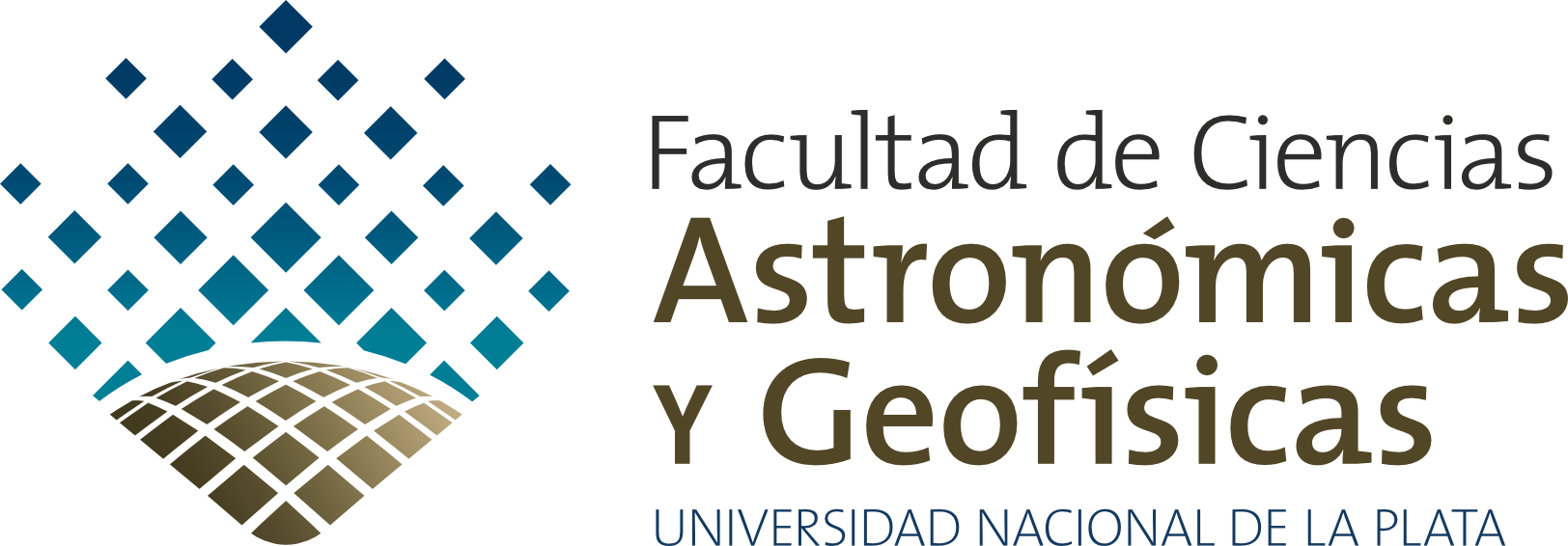Referenciación en
Geofísica
Bibliografía
- Bomford, G. (1983). Geodesy. Oxford, Clarendon Press.
- Chuvieco, E. (1996). Fundamentos de teledetección espacial. Madrid, Rialp.
- Domínguez García-Tejero, F. (1993). Topografía general y aplicada. Madrid,
Dossat.
- Drewes, H., International Association of Geodesy., et al. (2002). Vertical
reference systems: IAG symposium, Cartagena, Colombia, February 20-23, 2001.
Berlin London, Springer.
- El-Rabbany, A. (2002). Introduction to GPS: the Global Positioning System.
Boston, MA, Artech House.
- Erle, S., R. Gibson, et al. (2005). Mapping hacks: tips & tools for electronic
cartography. Sebastopol, CA, O'Reilly.
- Falkner, E. (1995). Aerial mapping: methods and applications. Boca Raton,
Lewis.
- French, G. T. (1996).Understanding the GPS, An Introduction to the Global
Positioning System: What It Is and How It Works. Baker GeoResearch, Inc.
- Harmon, J. E. and S. J. Anderson (2003). The design and implementation of
geographic information systems. Hoboken, NJ, John Wiley & Sons.
- Hofmann-Wellenhof, B., H. Lichtenegger, et al. (2001). Global Positioning
System : theory and practice. New York, Springer-Verlag.
- International Association of Geodesy. General Assembly (1999: Birmingham
England) and K.-P. Schwarz (2000). Geodesy beyond 2000 : the challenges of the
first decade: IAG General Assembly, Birmingham, July 19-30, 1999. Berlin; New
York, Springer.
- International Association of Geodesy. General Assembly (2003: Sapporo,
Japan) and F. Sansáo (2005). A window on the future of geodesy: proceedings of the
International Association of Geodesy, IAG General Assembly, Sapporo, Japan, June
30-July 11, 2003. Berlin, Springer.
- Kaplan, E. D. and C. Hegarty (2006). Understanding GPS: principles and
applications. Boston, Artech House.
- Kennedy, M. and Kopp, S. (2000). Understanding Map Projections. ESRI.
- Kingsley-Hughes, K. (2005). Hacking GPS. Indianapolis, Wiley.
- Knepper, D.H., Langer, W.H. and S.H. Miller. (1994). Remote sensing and
airborne geophysics in the assessment of natural aggregate resources. U.S. Geological
Survey.
- Kropla, B. (2005). Beginning MapServer : open source GIS development.
Berkeley, Calif., Apress.
- Lusch, D. (1999). Fundamentals of GIS, emphasizing GIS use for natural
resource management. Michigan Sate University.
- Mitchell, T. (2005). Web mapping illustrated. Sebastopol, CA; Farnham,
O'Reilly Media.
- Sarría, F. A. Introducción a los Sistemas de Información Geográfica.
- Seeber, G. (2003). Satellite geodesy: foundations, methods, and applications.
New York, Walter de Gruyter.
- Strang, G. and K. Borre (1997). Linear algebra, geodesy, and GPS. Wellesley,
Mass., Wellesley-Cambridge Press.
- Torge, W. (2001). Geodesy. New York, W. de Gruyter.
- Van Sickle, J. (2001). GPS for land surveyors. Chelsea, MI, Ann Arbor Press.
- Vanícek, P. and E. J. Krakiwsky (1996). Geodesy : the concepts. Amsterdam,
Elsevier Science.
- Wahr, J. (1996). Geodesy and Gravity (Class Notes). Department of Physics,
University of Colorado. Samizdat Press.
- Watson, K., D. H. Knepper, et al. (1994). Airborne remote sensing for geology
and the environment--present and future. Washington, United States. Government
Printing Office.
- Wells, D., N. Beck, et al. (1987). Guide to GPS positioning. Fredericton, N.B.,
Canadian GPS Associates.
- Welsh, M. and L. Kaufman (2002). Running Linux. Bonn;, Sebastopol :
O'Reilly.
- Wescott, K. and R. J. Brandon (2000). Practical applications of GIS for
archaeologists: a predictive modelling toolkit. London; Philadelphia, Taylor &
Francis.
